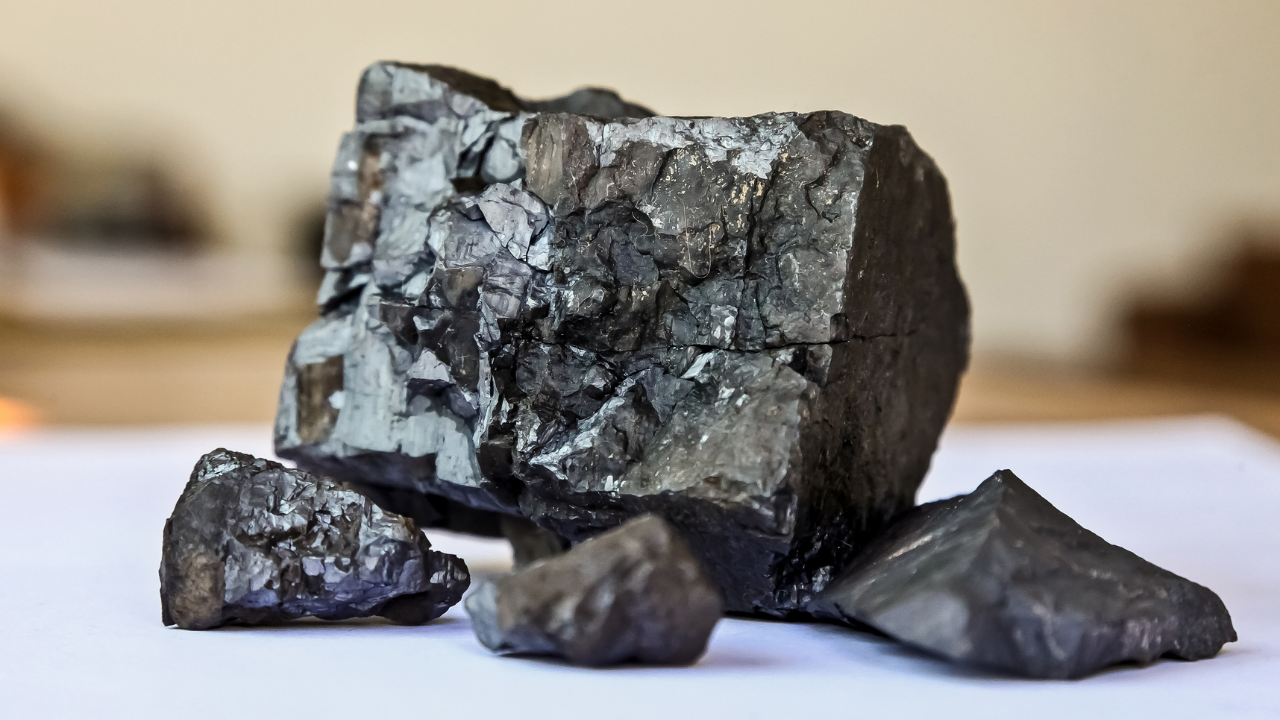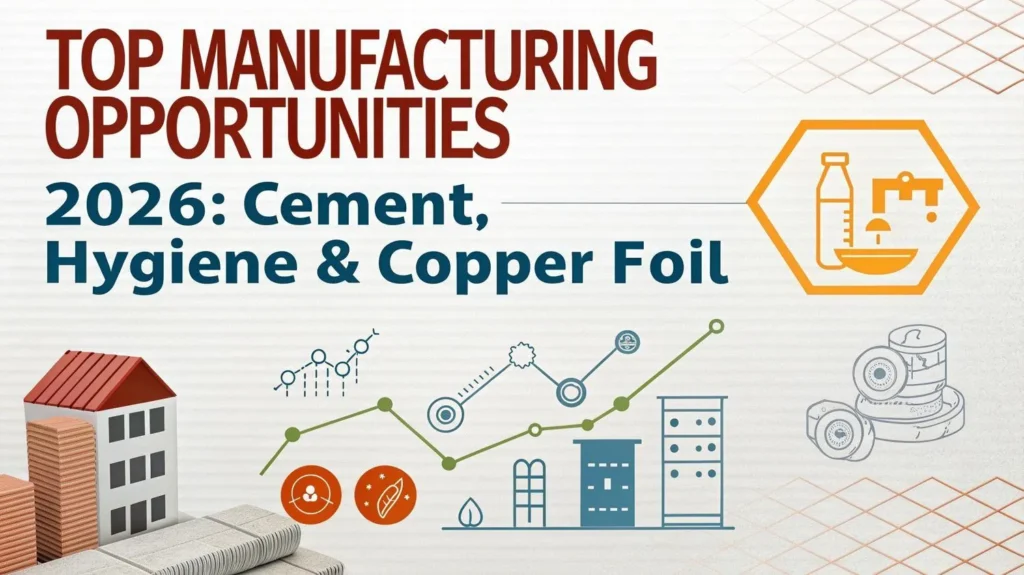Electrolytic manganese dioxide (EMD) production is an important ingredient used in the manufacture of batteries, especially ion and lithium ion batteries. The production of EMD involves the electrolysis of magnesium sulphate and sulphuric acid. The techno-economic analysis, including the profitability of EMD production, can be divided into several areas:
Availability of Raw Materials and Cost:
The primary raw material for electrolytic manganese dioxide production is manganese ore. Manganese ore availability, quality, and cost directly affect production cost. Abundant manganese resources exist in India, hence local production seems to be more feasible. Sulphuric acid is also a major ingredient in the process by which magnesium sulphate is produced. Availability and price fluctuation of both of these materials can cause huge variation in the overall cost structure.
Production Process
The electrolytic manganese dioxide production process involves several key steps:
- Leaching: Magnesium sulphate is extracted from manganese ore by treatment with sulphuric acid.
- Electrolysis: Secondly, electrolysis of magnesium sulphate solution produces EMD.
- Purification: The EMD resulting from this process may require further purification for use, for example, in battery applications.
The process of high-quality output and highest efficiency comes with precision and careful control on each stage of the activity.
For more information, visit this page: Starting a Business in Chemical Industry Projects
Energy Costs
Energy consumption is a major factor in electrolytic manganese dioxide production. The high power requirement of the electrolysis process is very sensitive to electricity costs, which can really hurt your production costs. In India, electricity prices tend to vary by region, and the price of energy should be taken into account when contemplating the feasibility of EMD production. Renewable energy sources such as solar or wind power could be used in order to decrease these costs, and the process could become a cost-efficient and environmentally friendly one.
Related Business Plan: Electrolytic Manganese Dioxide
Capital Costs
Setting up a facility for electrolytic manganese dioxide production requires significant capital investment. These also include costs for setting up reactors, power cells, electrolytic apparatus, and other such necessary infrastructure. Also, it is required to maintain machinery and equipment regularly in order to run regularly. As a result, these initial and ongoing capital expenditure decisions are essential.
Operating Costs
Operational costs for electrolytic manganese dioxide production include expenses related to labour, water, electricity, raw material procurement, and waste management. Raw material and energy costs are the largest, but proper resource management can be used to constrain these costs. With this, it is also possible to reduce overall operating costs if you optimise the production process and keep the supply chain streamlined.
Market Demand and Price
The demand for electrolytic manganese dioxide production is largely driven by the growing battery industry, particularly the demand for lithium-ion batteries used in electric vehicles (EVs) and renewable energy storage. As India accelerates its adoption of EVs and increasingly renewable energy, India’s need to produce high-quality EMD will continue to grow. If demand goes up and supply is low, prices rise, and manufacturers may become more profitable.
Environmental and Legal Issues
Electrolytic manganese dioxide production can result in emissions and waste that need to be managed carefully. Local environmental regulations mean the waste management must mix with them or else they will have legal issues. In addition, water consumption is an important issue in places where water resources are restricted. Responding to environmental concerns does not only fulfil compliance but also makes the production process more sustainable.
Technological Progress
Advancements in technology can significantly reduce the costs of electrolytic manganese dioxide production and increase overall efficiency. One example of this is the reduction in energy consumed through improved design of electrolytic cells or use of renewable energy technology. Further investment in research and development can also give rise to innovation that allows a company to do things better, perhaps to reduce waste, making output more efficient.
Competitive Landscape
The electrolytic manganese dioxide production industry is competitive, both in India and globally. Improving processes, reducing costs, and maintaining product quality are key reasons why manufacturers need to keep ahead of the game. Market prices and competition are controlled by other local and international manufacturers. Moreover, advantages of local production include cost of transportation reduction and better control of the supply chain.
Risk Management
EMD production is no different from other manufacturing to that extent, and there are several risks, such as fluctuation of raw material prices, operational interruptions, and unpredicted market changes. To help address these risks, manufacturers can lock up firm long-term contracts for raw material supplies, do regular maintenance, and make sure workers are safe and well trained. Risk management should be properly exercised for one to move forward with long-term success.
Strategic Partnerships
Forming strategic partnerships can provide a competitive advantage in electrolytic manganese dioxide production. Some other examples include collaborating with battery manufacturers to always have a steady demand for EMD or collaborating with raw material suppliers to always get better prices and long-term supply agreements. These partnerships cut costs and give stability in the supply chain.
Read our books here: Chemical engineering, fine chemistry
Socioeconomic and Global Consideration
It has a positive socioeconomic impact because it will create employment and help boost the local economy. Nevertheless, key factors such as trade laws, tariffs, and currency fluctuations can affect export opportunities on a global scale. For planning international sales, these factors must be understood.
Also Read: Establishing Own Electrolytic Manganese Dioxide (EMD) Manufacturing Startup
Conclusion
The electrolytic manganese dioxide production process offers significant potential, especially with India’s growing battery industry. Yet, to make this production economically viable, raw material costs, energy demand, technological advancements, and demand in the market must be weighed. Through paying attention to efficient production methods, strategic partnerships, and risk management, EMD production provides the means to turn India towards sustainable energy solutions.
Visit Our Website For More Details : www.niir.org






